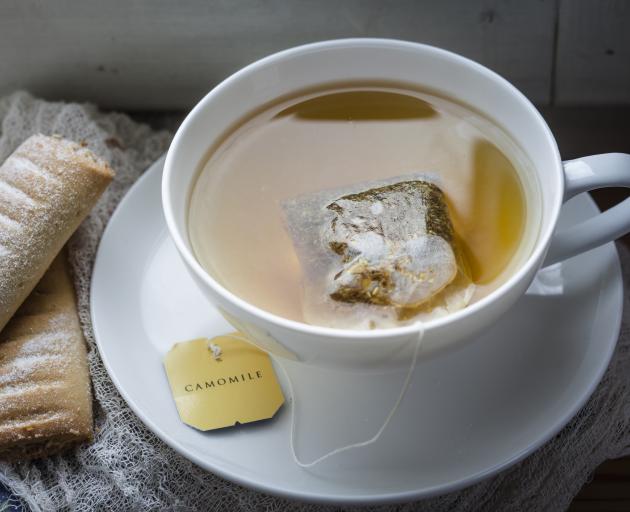
If you are after a quick and cost-effective way to fill bare areas of your garden with structure, scent and colour, seed-sown annuals are a great solution. However, there is a way to get even cheaper access to flower seeds for mass-sowing, not to mention varieties not usually available as part of these mixtures. The best thing? You probably already have them at home ready to sow.
Sitting in your kitchen cupboards you’ll likely find a range of seeds that can cost a fraction of those sold in horticulture outlets.
Perhaps one of the least-expected sources of seeds is chamomile teabags. These little sachets are packed with dried flowers which invariably contain ripe seed heads. From a single teabag, I grew almost 50 seedlings the last time I attempted this, and from a long-out-of-date packet.
Newly bought packs should have much higher viability rates. All you need to do is split open the bag and rub the contents between your hands to break things up and release the seeds. You can then just scatter this fibrous mix over a bare patch of soil in full sun and water in well. Within a few weeks you should see germination, with a carpet of white, scented, daisy-like flowers starting from two to three months.
Other ground-cover plants you might want to try are nigella seeds (aka kalonji) — these have smaller, dainty flowers than the standard ornamental varieties in shades of white or pale pink — and fenugreek, which looks like a spreading white clover. Both can be sown by simply scattering seeds over bare ground and watering well.
The wonderful thing with herbs is that almost all have evolved to colonise sunny, exposed sites with poor soil and lower water levels, which makes them super-easy to grow as — ecologically speaking — they are essentially weeds. A great example is fennel, which often pops up on railway lines and in piles of rubble.
While many species in this family have seeds with a very short shelf life, the sheer number of seeds in a spice jar means even half a teaspoon will give you loads of plants. Tall and statuesque with mountains of frothy, scented foliage, they are an excellent focal point over a carpet of chamomile. Dill, which is closely related, can be grown in the same way.
If you want bigger flowers, try poppy seeds. The edible varieties, as usual, are often smaller and paler than the ones bred to be showier for gardens, but for that reason, I find them tastefully understated and easier to pair with your existing colour scheme.
Perhaps the best thing with all these species is that, provided they are watered well for the first month or so, you will probably never need to plant them again, because they are all enthusiastic self-sowers.
There are no rules either: you can sow a whole scheme with these alone, or use them to make a batch of bought wildflower seed mix go further.
— Guardian News and Media










